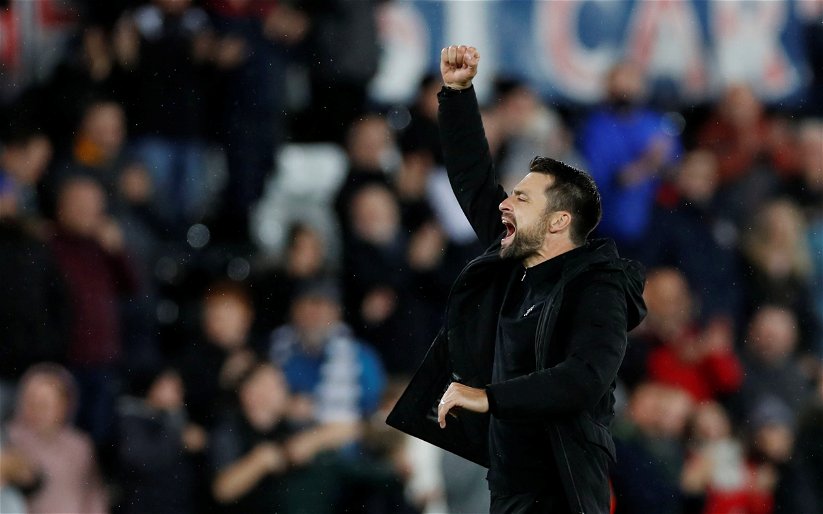Any Swansea City fan who hasn’t been living under a rock for the last few years will be fully aware of severe decline in our transfer dealings as we desperately fought to hold on to our Premier League status. It gradually got worse over the years and with it, so did our chances of staying in the top flight.
Once a club who worked within a strict philosophy and budget in their early and successful years in the Premier League, that philosophy began to go out of the window. The tight purse strings loosened and later completely broke as money was splashed out on the likes of Clucas (£16.5m), Borja Baston (£15.5m), Wilfried Bony (£12m) and Andre Ayew (18m) not to mention £11m on Roque Mesa and an estimated £6-7m loan fee for Bayern Munich’s Renato Sanches.
“Our first four seasons up until 2014/15, Swansea City wasted just £9.8m on transfer “Misses”.”
Not only did we work within a set of strict rules and payment structure but also we worked with the actual manager and their staff to recruit players. The likes of Brendan Rodgers and Michael Laudrup and their staff were involved in the player recruitment but after Laudrup’s sacking in 2014, it quickly became apparent that former chairman Huw Jenkins became a de facto Director of Football if you like and reports emerged that former manager Garry Monk was denied his preferred choices and instead had to settle for third choice players like Franck Tabanou.
Reports here also suggest that the top end weekly wage of a player went from £25,000 to £70,000 as the likes of free transfers Bafetimbi Gomis and Andre Ayew came in on big wages.
That same article also says that striker Eder, Ayew and Tabanou were not Monk’s transfer target choices.
After problems in the relationship between Michael Laudrup’s agent and our former chairman with claims that the agent was taking payments from the transfer deals he was making, this seemingly prompted Jenkins to take more control in these matters.
Going from Laudrup to Monk as manager was a decision that was rightfully questioned at the time, especially when current Netherlands boss Ronald Koeman was keen on the job. An eighth-placed finish in 2014/15 might have given Jenkins a boost in confidence that the change of approach proved effective but the following season saw the start of the end of our Premier League spell.
The bar graph below, from @SwansAnalytics, shows the transfer fees paid for senior signings that they have identified as ‘hits’ or ‘misses’. Now, obviously some of these are up for debate but hits are generally identified as either those who established a regular first-team position and/or those who left and made the club a significant profit.
The blue bars shows the money spent on Hit signings with the dark orange bars showing money spent on Misses. Our first four seasons up until 2014/15, Swansea City wasted just £9.8m on transfer “Misses”. Signings that just didn’t prove to be effective.
Transfer Hts & Misses by Season (Transfer Fee spent) – *UPDATED*@TheAiCPodcast
Updated after Polls on @LeroyFer8 (Hit) and @jordan_ayew9 (Miss) pic.twitter.com/ifuj4e4lmN
— Swans Analytics (@SwansAnalytics) February 11, 2019
Here’s the full list of transfers (Click on the tweet to view the full list)
Some of the misses that make up the £9.8m include Kyle Bartley, Jordi Amat and Leroy Lita.
Full List: pic.twitter.com/LlFr3yMOCf
— Swans Analytics (@SwansAnalytics) February 8, 2019
The 2017/18 season, our last in the Premier League, shows a horrific transfer spend. Zero Hit signings and £57m wasted on players we mentioned earlier in the article.
The graph below shows the transfer hits and misses by number of players. The Misses are still quite high in our early Premier League years, but the fees spent were low.
Transfer Hts & Misses by Season (Number of signings) – *UPDATED*@TheAiCPodcast pic.twitter.com/zrMlnsYHCR
— Swans Analytics (@SwansAnalytics) February 11, 2019
Where’s the money gone? Not to D.C United – Financial accounts paint a bleak picture



